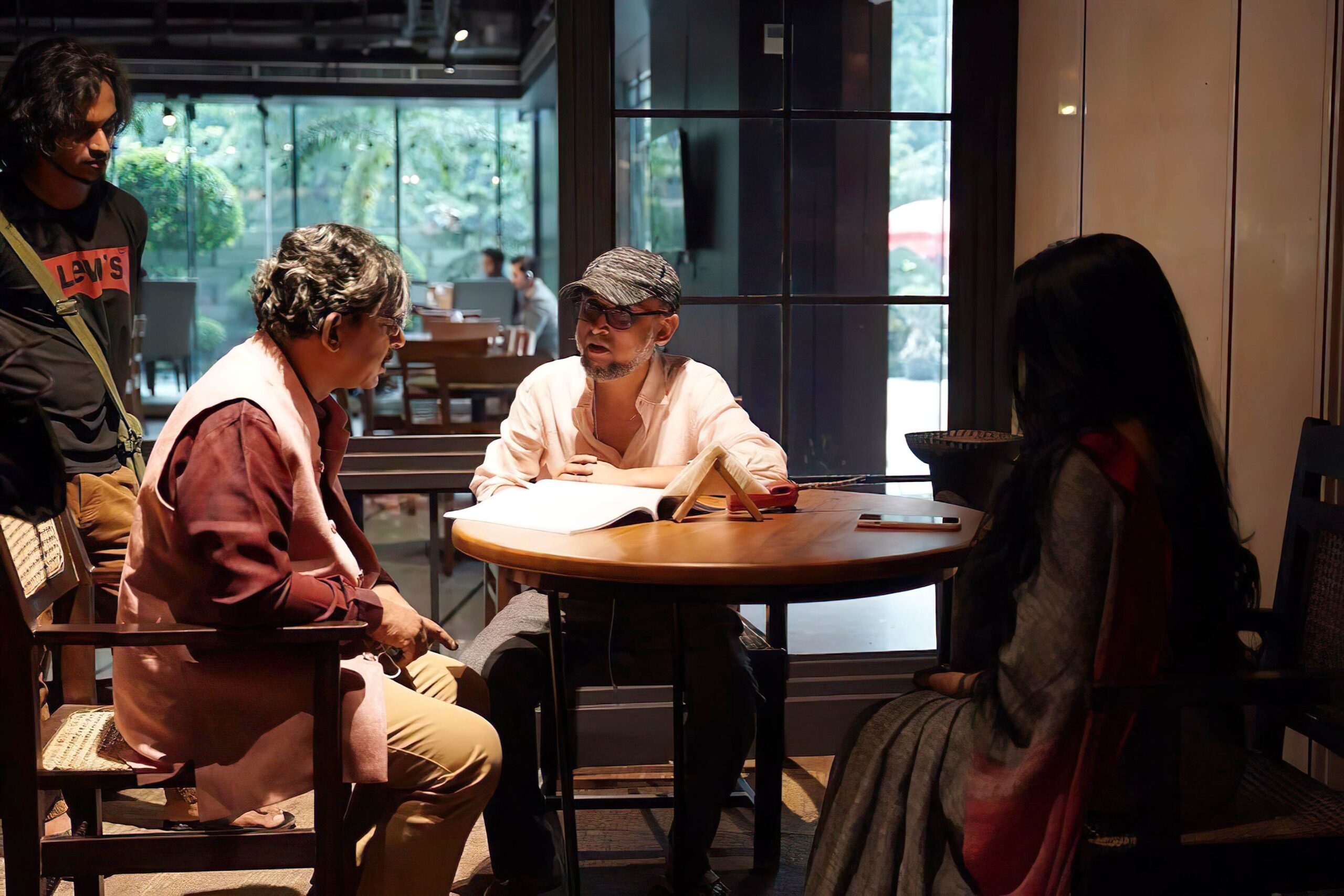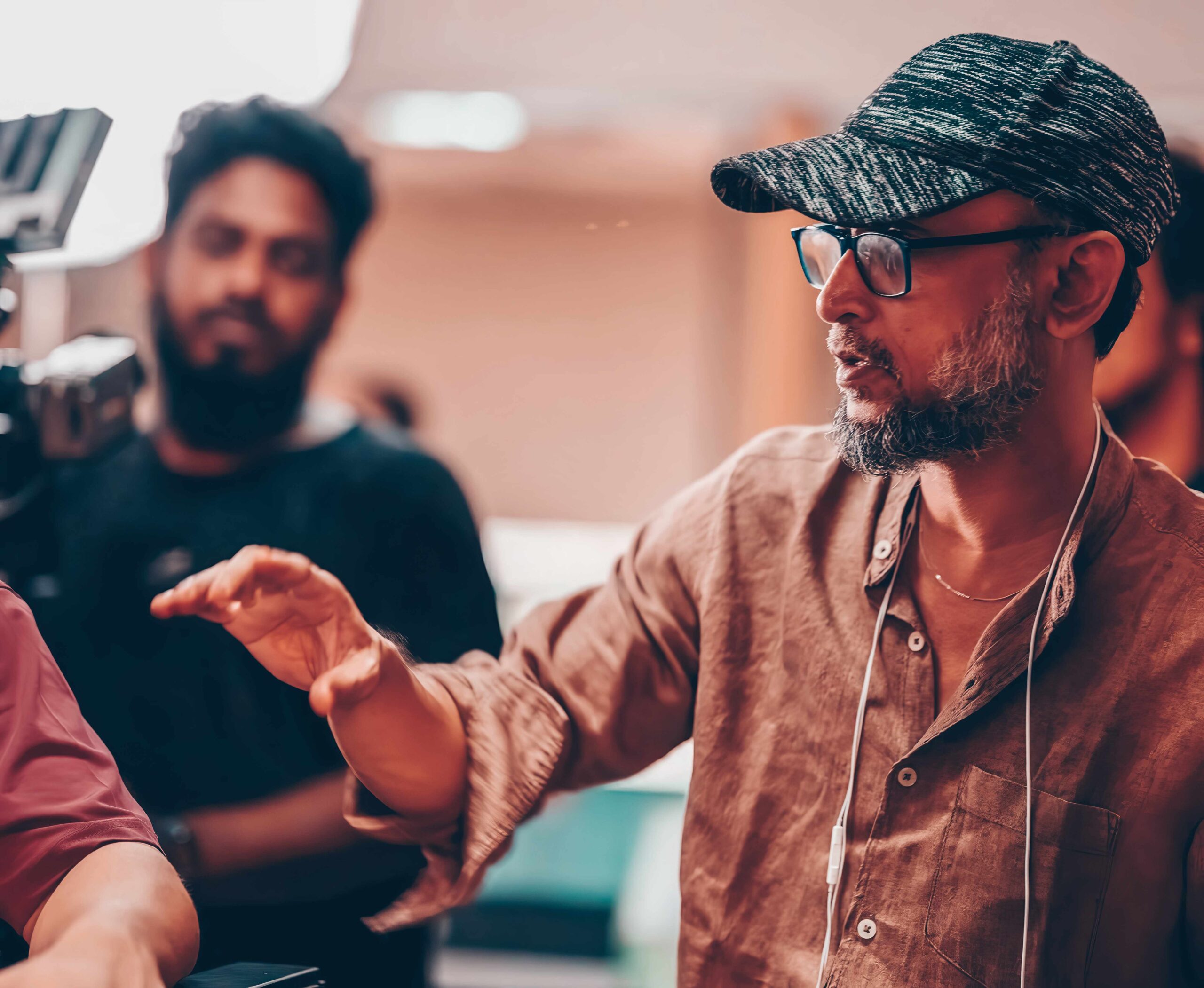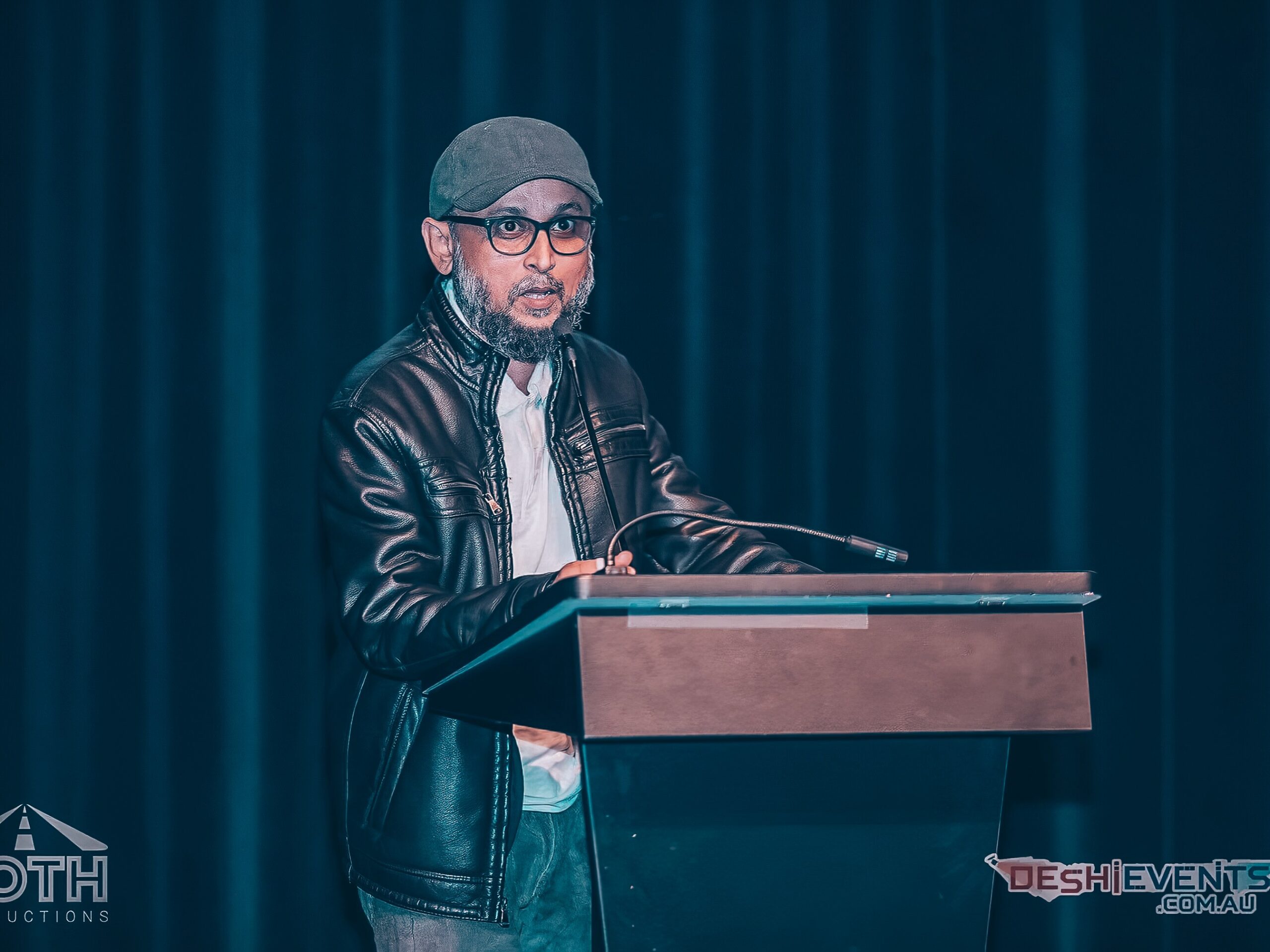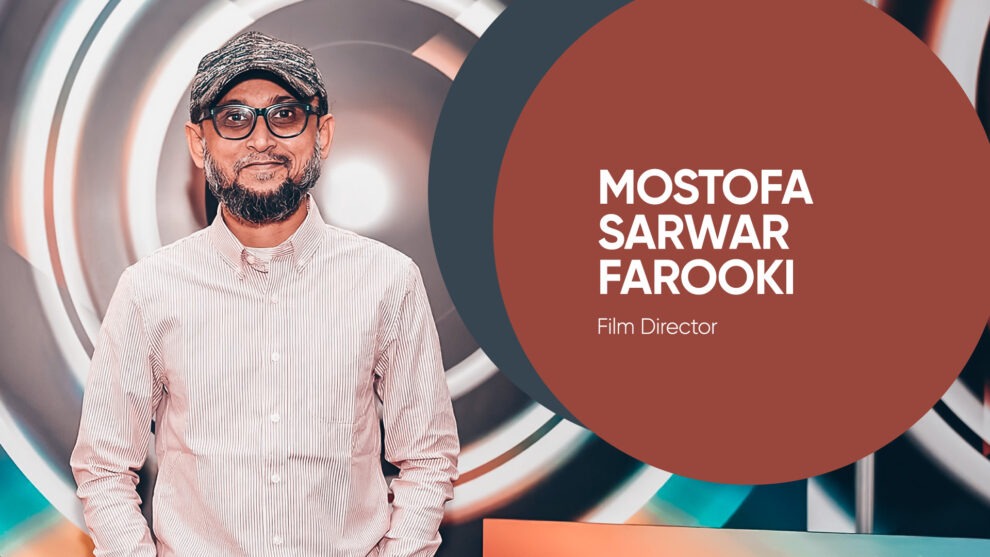Q. Share your story of getting into filmmaking and who has been the biggest inspiration through this creative journey?
My initial foray into television work had a rather whimsical origin – I embarked on this path with the intention of impressing a girl. However, as fate would have it, my focus shifted dramatically. While the memory of the girl faded into the background, I found myself utterly captivated by the world of filmmaking. It was in this newfound passion that I discovered my true calling.
As I reflect on my creative journey, I find that the most profound and enduring source of inspiration has always been life itself. Life, in all its complexities and nuances, serves as an unceasing wellspring of creativity and ideas. It is from life’s rich tapestry that we draw our most profound narratives, and it continues to inspire and shape our artistic endeavors.
Q. Your influence in reshaping the TVCs with unique storytelling is notable. Shed some light on the thought process on how you transformed the industry with creative narrative.
The pursuit of uniqueness in the realm of creativity is not achieved through the mere declaration of a manifesto. True uniqueness resides within the essence of art itself. While TVC (Television Commercial) may not be classified as art in the traditional sense, its craft undeniably shares a direct connection with filmmaking.
Whether we’re referring to TVCs, cinema, or television work, the path to uniqueness doesn’t lie in making bold proclamations. Instead, it stems from the inherent individuality that each person possesses. The Creator has crafted each of us with innate uniqueness, but the influences of culture, education, society, and our surroundings often impose conformity upon us.
Art, in its essence, serves as a means to break free from these constraints. It invites us to unlearn the limitations that external forces impose upon us. By doing so, we open ourselves to the whispers of our own hearts. When we follow our hearts, we become obliged to embark on a journey of self-discovery, where our innate uniqueness emerges organically, allowing us to think and create in profoundly distinctive ways.
Q. How do you see the emerging generation of filmmakers, including those you’ve mentored, contributing to the development of Bangladeshi content and gaining popularity among audiences?
I am eagerly anticipating the continued infusion of vibrant energy from the younger generation of filmmakers into our already thriving industry. Historically, transformative waves in the world of cinema often occur when a multitude of talented individuals come together, each contributing their unique perspectives and voices. It is within this collective creativity that a unique and powerful entity emerges, poised to bring about substantial change and innovation to the industry.

Q. The growth and progress of OTT platforms have been remarkable. How do you view their influence on the Bangladeshi entertainment landscape, especially in comparison to traditional theater films, and how are viewer preferences evolving as a result?
The emergence of OTT platforms has undeniably unleashed new possibilities within the film industry. These platforms have not only offered filmmakers an alternative distribution channel but have also afforded them the flexibility to work within more reasonable budgets. Concurrently, audiences have embraced this evolution with enthusiasm.
However, a noteworthy challenge looms on the horizon – the impending introduction of OTT policies by policymakers. While regulation can be a constructive force, it’s crucial to approach this aspect thoughtfully. OTT, by its nature, embodies a borderless realm of competition. It empowers creators to reach audiences far beyond geographical boundaries. If regulatory policies are enacted hastily and without a nuanced understanding of this dynamic landscape, it could potentially hinder the creative and economic potential of our industry. Striking the right balance between regulation and creative freedom is essential to ensure that OTT platforms continue to flourish and contribute positively to our cinematic landscape.
Q. Your work, such as the family drama ’51 Borti,’ has gifted viewers with evergreen experiences. Share a memorable experience from that project, and how do you perceive the changes in the genre of drama series from that time to the present day?
My connection with the drama ’51 Borti’ is steeped in nostalgia, and there are multiple reasons for this profound sentiment. The project presented unique challenges, primarily owing to our limited budget for the series. Despite the difficulties we faced, our team dedicated itself to creating the best possible outcome.
What made ’51 Borti’ resonate with the audience was its relatability. Viewers found themselves drawn to the characters, captivated by the unfolding stories, and engrossed in the intricate details of the narrative. This connection was forged because the drama mirrored aspects of their own lives and experiences.
As for family series in general, I must admit that my engagement with television has dwindled over time, and I’m less familiar with contemporary family series. However, ’51 Borti’ remains a cherished memory, a testament to the power of storytelling that transcends time and continues to evoke fond emotions in those who watched it.
Q. Given the diverse layers of social issues and cultural facets in Bangladesh, what aspects do you find particularly fascinating and want to explore through your cinematic storytelling?
As an artist, I believe in the power of versatility. Artists have the capacity to delve into a wide spectrum of narratives – from heroic tales to stories that illuminate the struggles of the majority or convey the essence of success. In my creative journey, I find a profound eagerness to shed light on the stories of those who have faced failure, the voiceless, and the marginalized individuals in society.
While there are numerous creators dedicated to portraying heroics and success, I am drawn to narratives that explore the experiences of those who often go unnoticed or unheard, the stories of the underrepresented and the minority. It’s important to recognize that the concept of “minority” extends beyond traditional definitions. In our modernized societies, many individuals, whether due to their religious beliefs, economic circumstances, or political affiliations, can find themselves in a minority position.
In fact, the feeling of being a minority can transcend mere numerical demographics. It can manifest when one’s thoughts and expressions are not embraced by society. In this sense, we all share a common thread of experiencing moments of being in the minority. My storytelling endeavors aim to give a voice to those experiences and perspectives that might otherwise remain unseen and unheard.


Q. Finally, what message or perspective do you aim to convey through your work, and where do you envision Bangladeshi content heading in the upcoming days?
Life is an endless journey, one that’s not solely about achieving particular milestones. Today, you may achieve something remarkable, only to wake up tomorrow with a hunger for something entirely different. Within this ongoing expedition, our purpose is to consistently strive to create something meaningful, even though we may not always know what that “meaning” is. The judgment of our endeavors will ultimately rest in the hands of history.
Personally, I have a deep disdain for the term “content.” To me, it’s an oversimplification of the rich tapestry of creative expression. What we create isn’t just “content”; it’s a series, a film, a drama — it’s art. Reducing it to mere “content” doesn’t do justice to the passion, effort, and artistic essence that goes into every project.
When it comes to Bangladeshi films, series, or any form of artistic expression, my vision extends far beyond the present moment. I aspire for our work to transcend time and borders. I hope that, even a century from now and across distant continents, people will be able to connect with and feel the heartbeat of the Bangladeshi and Bengali culture that our creations encapsulate. Our art should be a timeless testament to our creativity and the human experience itself.







